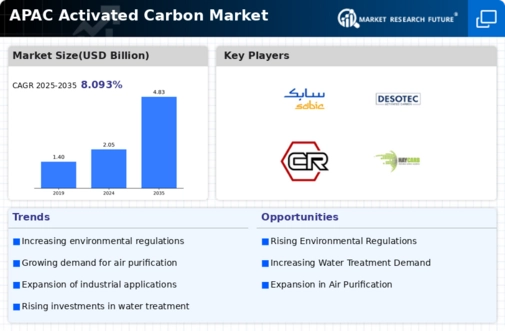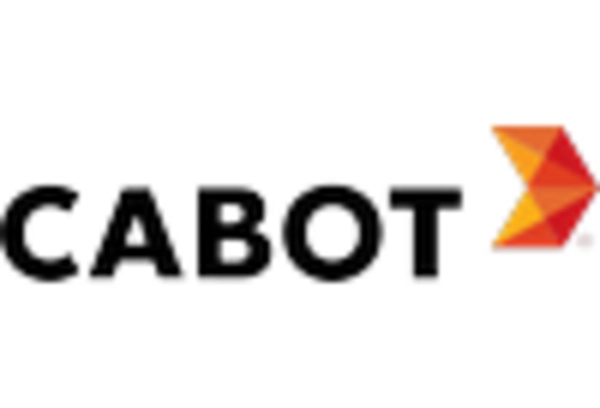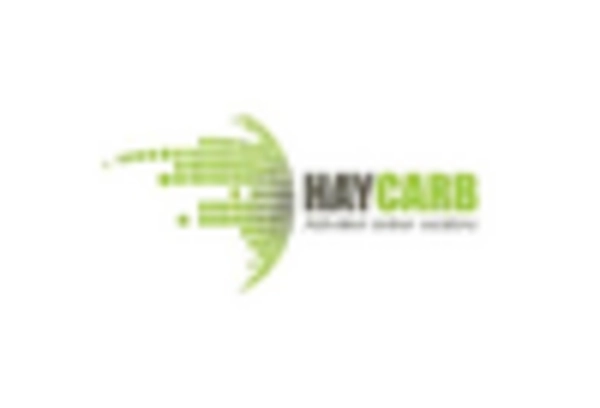China : Unmatched Growth and Demand Trends
China holds a commanding market share of 61.5% in the APAC activated carbon market, valued at $800.0 million. Key growth drivers include rapid industrialization, stringent environmental regulations, and increasing demand for air and water purification. The government has implemented policies promoting clean technologies, enhancing infrastructure for waste management, and supporting industries that utilize activated carbon, such as water treatment and air filtration.
India : Emerging Market with Strong Potential
India accounts for 25% of the APAC activated carbon market, valued at $400.0 million. The growth is fueled by rising urbanization, increasing industrial activities, and a growing awareness of air and water quality. Government initiatives like the National Clean Air Programme are pushing for better pollution control, which is expected to boost demand for activated carbon in various sectors, including pharmaceuticals and food processing.
Japan : Innovation in Activated Carbon Solutions
Japan holds a market share of 18.8%, valued at $300.0 million. The activated carbon market is driven by technological advancements in manufacturing processes and a strong focus on environmental sustainability. The government supports research and development in clean technologies, which enhances the demand for high-quality activated carbon products, particularly in the automotive and electronics sectors.
South Korea : Key Player in Activated Carbon Production
South Korea represents 15.6% of the APAC market, valued at $250.0 million. The growth is driven by a robust industrial base, particularly in electronics and automotive sectors, which require high-performance activated carbon. Government regulations on air quality and waste management are also contributing to increased demand. The country is focusing on sustainable practices, further enhancing market potential.
Malaysia : Strategic Location for Activated Carbon
Malaysia holds a 6.3% market share, valued at $100.0 million. The growth is supported by increasing industrial activities and a focus on environmental sustainability. Government initiatives promoting green technologies and waste management are driving demand for activated carbon, particularly in water treatment and air purification sectors. The country's strategic location also facilitates trade in activated carbon products.
Thailand : Focus on Environmental Solutions
Thailand accounts for 5% of the APAC activated carbon market, valued at $80.0 million. The market is driven by increasing environmental awareness and government policies promoting sustainable practices. Key sectors include water treatment and food processing, where activated carbon is essential. The competitive landscape features both local and international players, enhancing market dynamics.
Indonesia : Emerging Market with Opportunities
Indonesia holds a 4.4% market share, valued at $70.0 million. The growth is driven by rising industrialization and increasing demand for clean water and air. Government initiatives aimed at improving environmental standards are boosting the activated carbon market, particularly in the mining and food industries. The competitive landscape includes both domestic and international companies, fostering innovation.
Rest of APAC : Diverse Applications Across Regions
The Rest of APAC accounts for 3.3% of the activated carbon market, valued at $52.0 million. This sub-region includes various smaller markets with unique demands for activated carbon in sectors like agriculture and pharmaceuticals. The growth is driven by increasing awareness of environmental issues and the need for effective filtration solutions. Local players are adapting to specific market needs, enhancing competitiveness.


















Leave a Comment